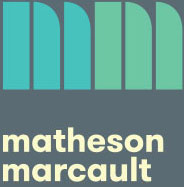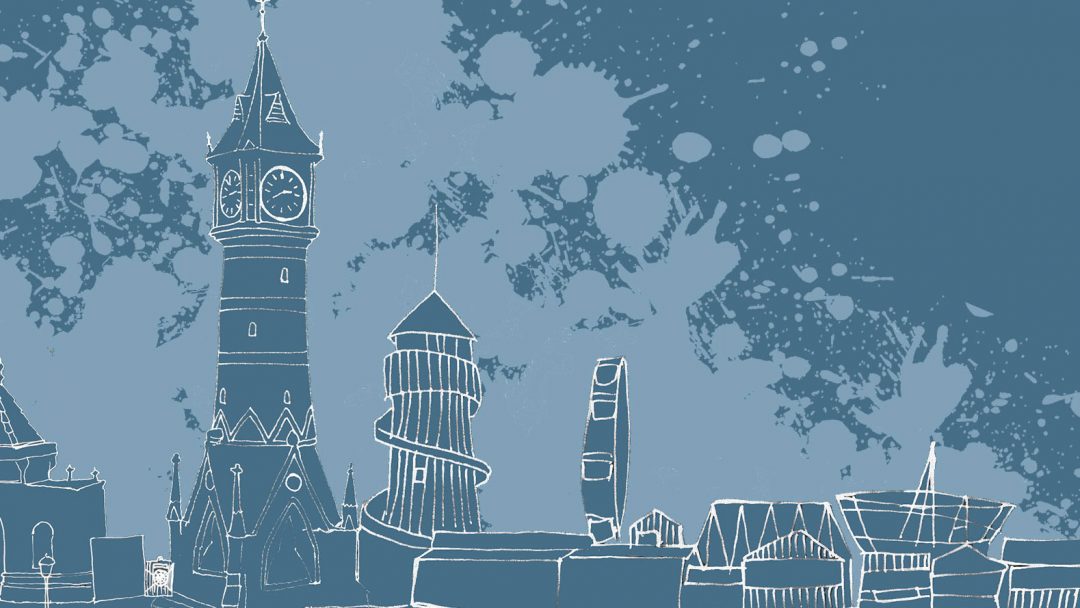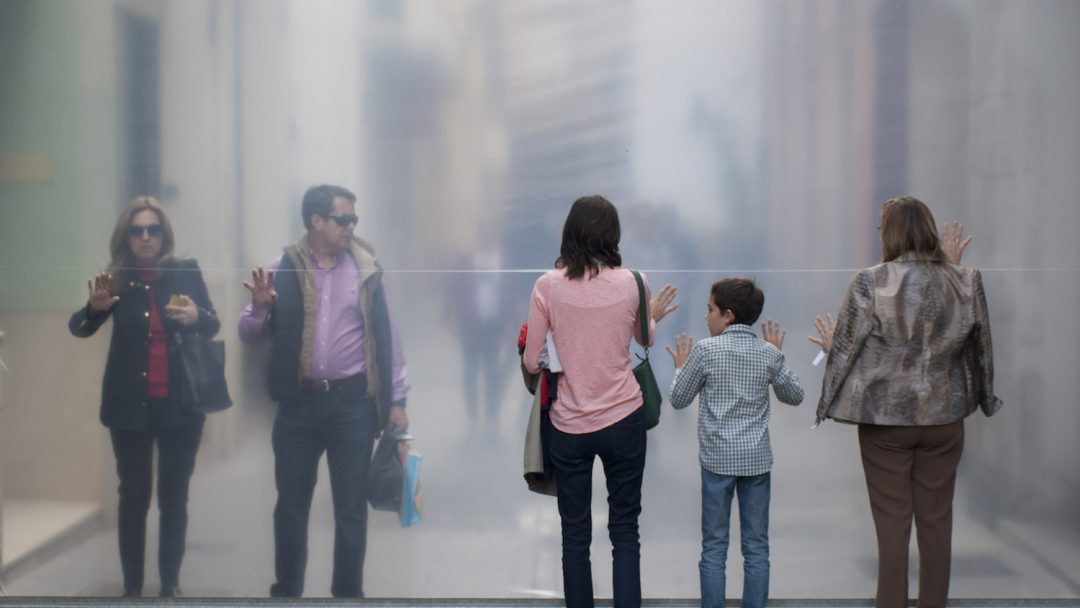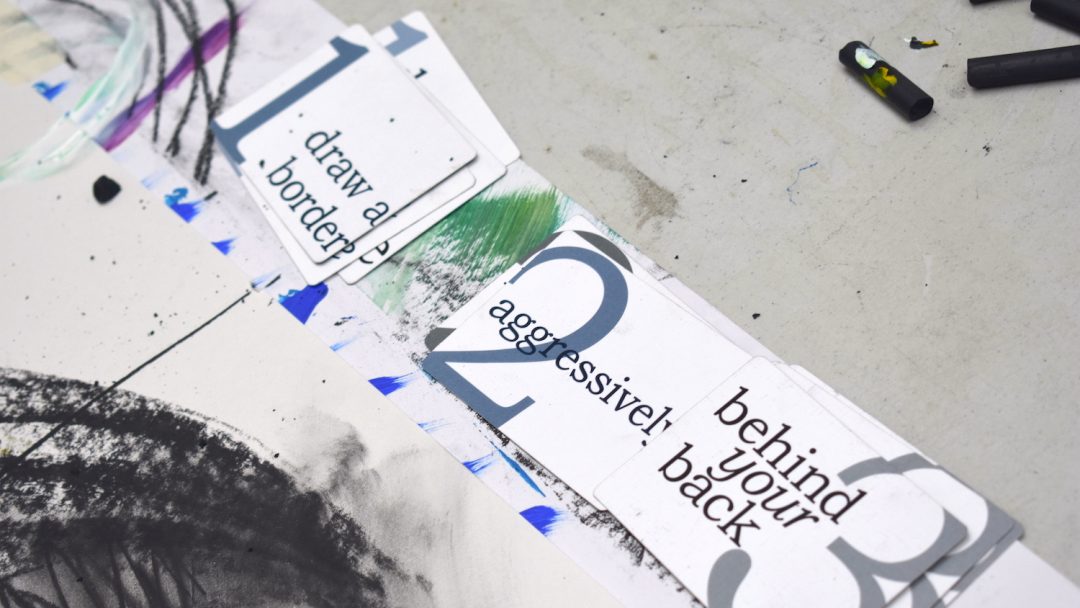We recently made a short game called One Night in Skegness, for the wonderful SO Festival.
It’s a Twine game, and it takes maybe 5-10 minutes to play. Which you can do now, it’s at that link above! Or here! (Better with your sound on, but it works fine without.)
It’s pretty simple, as a play experience. Your character travels between a few different places in Skegness, and visits a few different historical eras. There are some low-key adventures. There are a few jokes. There’s a robot, there’s mild peril, there’s a chance to change the future. If you’re lucky and careful, you’ll return to 2086 and see what changes your journey into the past made.
But we thought it might be interesting to write a little bit about the process of making a time travel game in Twine.



